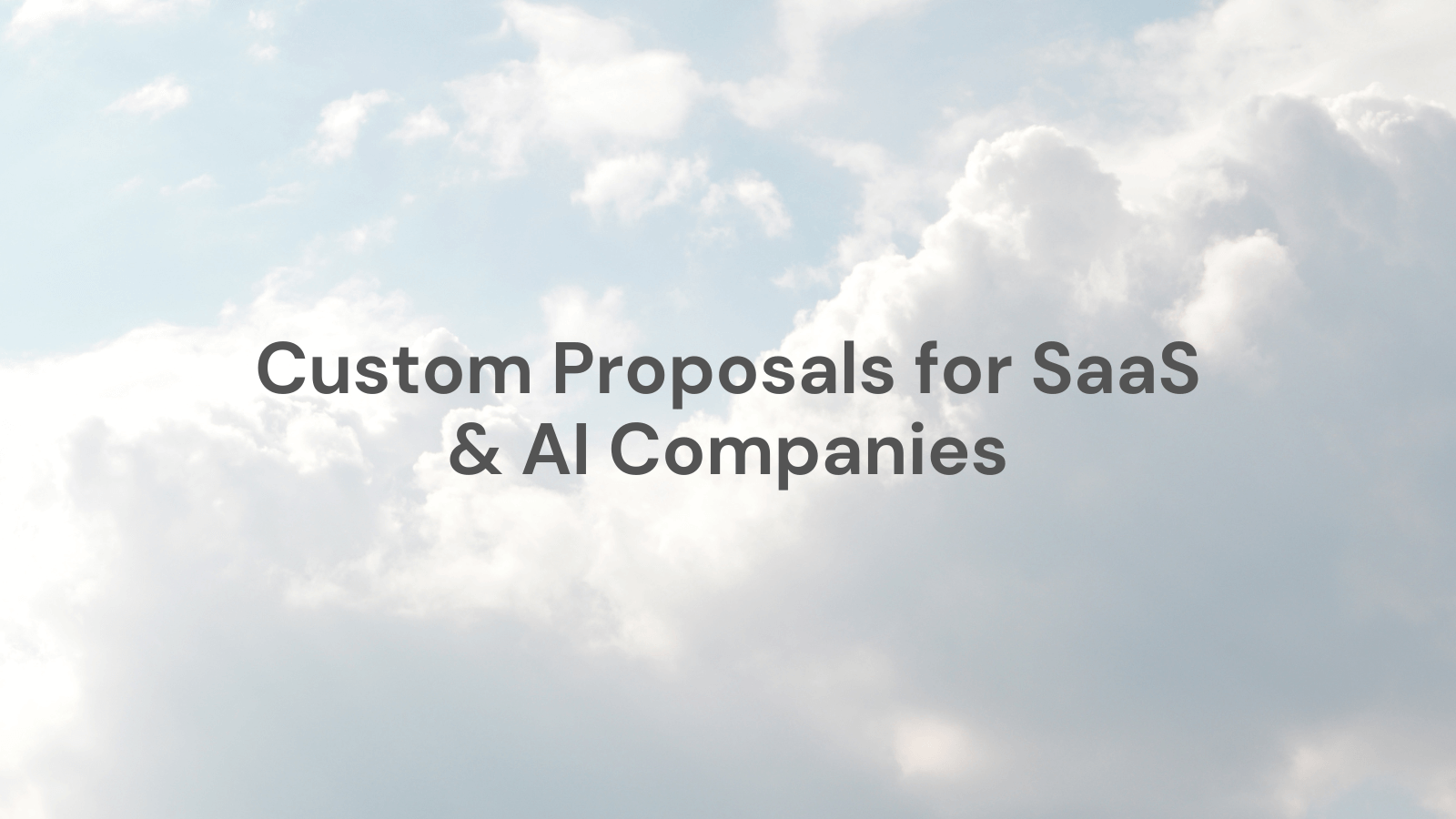How Atlas Became Product of the Day and 13x’d Our User Base in 24 Hours?

Atlas is a plug-and-play pricing and billing engine for startups. We help indie hackers and engineering-strapped founders transition from product to revenue with fully functional pricing strategies, checkout flows, billing infrastructure, and revenue analytics — all within a clean, modern interface.
When we launched Atlas on Product Hunt, we didn’t expect to simply “ship and hope.” We built a 6-week campaign plan to drive attention, signups, and trust — and in just 24 hours, we:
- Became Product of the Day
- Won Fintech Product of the Month
- 13x’d our user base
- Opened hundreds of warm conversations with founders, operators, and investors
This post walks you through exactly what we did: planning, roles, content, engagement, and post-launch momentum.
Week 0: The Foundation — Planning Like a Product Team
Most launches fail because they’re treated like a one-day event.
We treated ours like a product sprint with project management, ownership, timelines, and measurable goals. Everything went into a Notion doc that served as our single source of truth.
Inside that doc:
- A 6-week calendar broken down week-by-week
- Assigned roles for each team member (marketing, founders, engineering)
- A checklist of assets (landing pages, tweets, videos, demo links)
- Social post templates and a press/outreach plan
- A segmented email rollout plan
- Launch-day task distribution (who owns what hour)
👉 Download the Product Hunt launch Notion template here.
Everyone, from designers to developers was plugged in. Launch wasn’t “marketing’s job.” It was the company’s job.
Key Insight: The more cross-functional your launch plan is, the more coordinated and authentic your public presence will be.
Weeks 1–6: Pre-Launch Build-Up
1. Turning the Team Into a Distribution Engine
We made posting and engaging fun: .
Instead of relying on our brand account or two of our founders, we:
- Started an internal social media competition
- Encouraged every team member to post 3–5x per week about what they were building
- Shared Slack reminders to reduce the friction (“Here’s the daily post theme”) or “Do your daily engagement”
- Created Notion templates for “How to talk about Atlas” in different tones (personal, product-focused, story-driven)
This kept Atlas consistently in people’s feeds without becoming repetitive.
Why it worked: People follow people. Our extended networks became micro-distribution hubs.
2. Building Hype Through Community
We didn’t build an audience from scratch during the launch. We built relationships with existing communities:
- Slack groups
- Twitter communities of builders and VCs
- Existing users from our waitlist
- Founders we had interacted with at past events.
We really do feel like the community that we built at the conferences help us as ton and we treated our early community like an inner circle, giving sneak peeks and behind-the-scenes post.
The tone was: “You’re a part of this.” We had build some sort of cohort of startups.
3. Strategic Outreach to Hunters, Influencers & Newsletters
We built a short, specific list of:
- Product Hunt power users and hunters
- Creators who run relevant newsletters
- Micro-influencers in the startup/VC/Indie space
Then we reached out:
- Build personal relationships
- Gave them exclusive access or backstory
We didn’t ask for favours. We showed relevance.
Lesson: Make it easy for people to talk about you and rewarding to be early.
4. Prepping the Visual & Web Experience
The week before launch, we:
- Updated the Atlas homepage with a Product Hunt-friendly headline
- Added a banner with “We’re on Product Hunt Today” and a call-to-action
- Created memes, GIFs, and social media graphics
- Designed tweet cards, preview banners, and a short demo video
We prepared assets in multiple formats (for X, LinkedIn, PH, and email) so we could stay flexible on launch day.
Why it worked: People judge in milliseconds. First impressions site speed, copy clarity, and visuals determine if they stay.
5. Creating a Street Team of Supporters
This was one of our most important moves.
We emailed and messaged:
- Every advisor, investor, and mentor
- Our earliest users and test partners
- Fellow builders we’ve supported
We told them exactly what we were launching, when, where, and how they could help. No generic “We’re live!” messages.
Each message had:
- A personal thank you
- The Product Hunt link
- A invite to support our launch or share
6. IRL Events + Real Conversations
We attended multiple fintech/startup events across the U.S. during the 6-week window. Some with booths, others we were ON A MISSION doing guerrilla marketing.
Why we did it:
- Directly pitch Atlas to potential users
- Collect real-life feedback to validate messaging
- Build a warm list to notify on launch day

At conferences where we had no booth, we walked around holding a huge lego set and stopped people to talk about their companies and then ask if they’re interested in signing up for a raffle to win said Lego set. I would say that the tactic worked very well, as we are still in communications with a few folks we’ve met in those circumstances!
We also passed off HANDMADE SWAG! We would tell people that we hand decorated them and people appreciated our scrappiness. The swag we handed out were little field notebooks with a QR code that when scanned would redirect people to our Product Hunt “coming soon” page.
People remember in-person interactions far more than ads. And they’re way more likely to engage on launch day if they’ve met you.
Events attended:
- Startup Grind 2025 (April 29, 2025 → April 30, 2025)
- Stripe Sessions 2025 (May 6, 2025 → May 8, 2025)
- SaaStr 2025 (May 13, 2025 → May 15, 2025; THIS WAS IN AUSTIN)
- SaaStock (May 13, 2025 → May 14, 2025; THIS WAS IN SAN FRANCISCO)
- AI DevSummit 2025 (May 28, 2025 → May 29, 2025)
- NY Tech week (June 2, 2025 → June 8, 2025)
- Our own product launch party at the Pendo office 🙂
7. Pre-Launch Party
We hosted an IRL and virtual pre-launch party the night before launch, informal, just vibes.
We had a goal of getting ~150 RSVPs because the general rule was that about 30% would actually turn up, which was true. We had more turn up - about 60 attended.
In terms of the cost of the event, it was very low as we were able to host at a location at no cost (due to connections)… but the food, alcohol, and decor in total was ~$600.
We invited:
- People who helped us get this far
- Startup friends and fellow founders
- Early customers and testers
We gave a live walkthrough of what we are launching and why we are launching. We also had two 20-minute panels.
Panel 1 - tech leaders interview (talked about their time and their thoughts about AI, etc) (also, the panelists were moderately well known in tech… we had someone who was ex-salesforce, ex-nextdoor, and another who was from anthropic)
Panel 2 - up-and-coming/new entrepreneurs (talked about their challenges, etc).
Launch Day (The 24-Hour Sprint)
8. The Round-the-Clock Engagement Plan
Product Hunt rewards consistent activity over raw upvotes. So we:
- Split the team into global shifts
- Scheduled posts and reminders for every 2–3 hours
- Monitored and responded to every comment
This wasn’t just a sprint. It was a 24-hour relay.
9. Notified Every Warm Lead
On launch day, we:
- Emailed our waitlist and newsletter
- DM’d key people from earlier conversations
- Pushed reminders into Slack groups and X
- Activated our advisors and investors for one final push
We didn’t say, “Please upvote.” We didn’t beg for upvotes.
We said: “We’re live, here’s why this matters now.”
This framing kept engagement high without being spammy.
After the Launch: What Happened Next
Results
- Product of the Day
- Fintech Product of the Month
- 13x user growth in 24 hours
- A massive pipeline of qualified leads
- Dozens of investor, partnership convos started and previous prospects reached us back.
But most importantly, we proved demand and intrest.
What We’re Doing Now (Weeks 6–10)
Now, we’re turning attention into adoption:
- Priority onboarding for every high-intent user
- Personalized demo calls for larger teams
- Launching use-case-specific guides
- Testing pricing experiments based on early feedback
- Segmenting leads by intent to drive follow-up campaigns
We’re also rolling out features weekly and bringing users along for the ride via changelogs, LinkedIn, and behind-the-scenes content.
Grab Our Exact Launch Plan
We put every strategy into one shared Notion doc.
If you're planning a launch, this will save you weeks of trial and error.
👉 Download the Product Hunt launch Notion template here.
Final Thoughts
This wasn’t magic. It was structured momentum.
We designed our own wave, and then surfed it.
If you’re launching soon:
- Treat it like a campaign, not a moment
- Involve your entire team
- Activate your community before you need them
And most importantly:
Don’t just launch a product. Launch a movement.
If you have any questions, feel free to reach out to Michael, Clay, Laura, Smith and Alper 👋
Ready to Go From Idea to Revenue?
Atlas gives you everything you need, pricing strategy, checkout, billing, analytics, and more to start making money.

.png)


